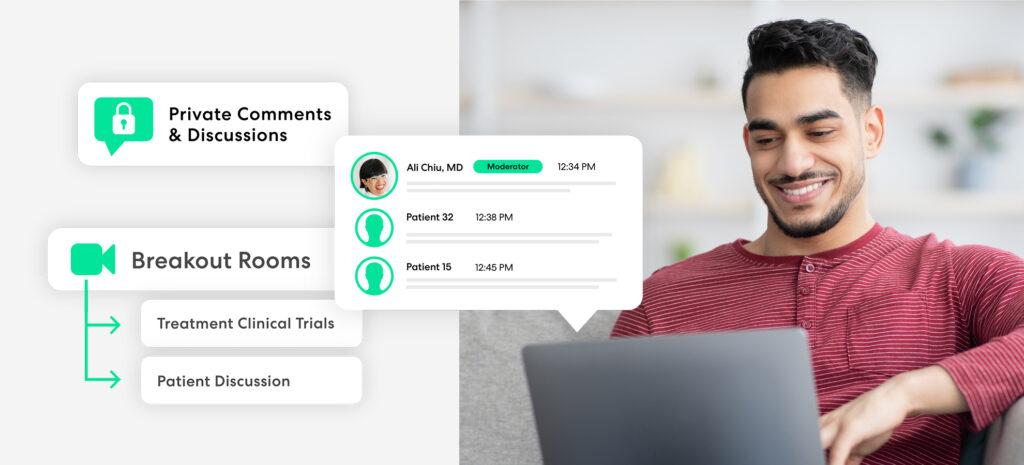Global regulatory bodies require preclinical testing of new medical technologies such as devices, drugs, and biologics to ensure their safety and efficacy in patient care. Those testing requirements become more rigorous the more novel and invasive they are. Some elements of this critical preclinical testing can’t be rushed due to indications, survival requirements, biology, and other factors. How can device and drug developers add pre-clinical agility and accelerate where it’s safe and permissible to do so?
The need for agility
“Once a study begins, the hope is that all of the concerned parties – and there are a lot of them – are just telling each other everything is going well,” says Evan Goldberg, Director of Scientific Affairs, Global Center for Medical Innovation and T3 Labs. But given the novelty of technologies and drugs that require preclinical testing, unexpected events will happen, generating new data and insights that demand action. Some insights won’t become apparent until the study actually begins – it’s the nature of the work.
When that’s the case, teams must have a plan to move forward. With the right insights and efficiency in core team collaboration, some preclinical protocols are subject to changes that could keep the study on course without compromising its integrity.
“Sometimes it’s as simple as…this medication is having unintended consequences on the test article, or the surgical procedure that we outlined in the protocol is just not appropriate for the device,” says Goldberg. “It could be that the size of the device – on either end of the spectrum – is inappropriate. Sometimes it’s changing the survival time. Sometimes a shift to an acute situation is needed. Sometimes it’s appropriate or advantageous to add subjects with a chronic condition at a later stage in the study not previously anticipated.” The ability to catch these issues early enough can allow teams to act, influencing the study even as it’s underway.
Acting on insights
Documentation of early insights-based shifts is critical, especially when results and protocols face scrutiny from regulatory bodies. When course corrections are needed, the sponsor or customer, study director, quality assurance staff, and testing facility management must all approve those changes, followed by formal documentation by the study director.
This is one point where proper insights management can add value – when observations are collected in one place and ideally paired with tools like natural language processing or sentiment analysis – the need for changes can be identified quickly and easily shared with various stakeholders. Traditional input-gathering methods don’t work as well in pre-clinical settings as purpose-built tools designed for the life science industry.
“A hodgepodge of Box, Drive, documents, attachments, email, and over-the-phone or in-person conversations isn’t untenable,” says Goldberg. “But it does demonstrate that there is room for the right platform or tool for insights.”
Accelerating pre-clinical is a high-value prospect
Aside from cost implications, replicating pre-clinical studies can stall the innovation and commercialization of new medical technologies, drugs, and biologics for months or even years. Obtaining, analyzing, and sharing insights right from the beginning can add agility, enabling teams to conserve critical resources and potentially bring treatments to market more efficiently.
The pre-clinical landscape is complex, with multiple players, unknown variables, and stringent regulatory requirements. In our four-part series exploring the potential of insights management in pre-clinical operations, we heard from industry experts about the challenges facing early-stage companies and researchers. To read the entire series, start here.







